The cost of feeding the family, along with other everyday costs, just seems to keep going up and up. To help make the most of your grocery budget, here are nine easy ways to make family meals stretch further.
Whether you’re wanting to use a small portion of meat or a cheap cut to create a tummy-filling dinner, make meals stretch to feed more people, or cook a larger batch so you have leftovers for another day, these cheap and easy tips will help you make the most of what’s in your fridge, freezer, and pantry.
1. Cheap cuts
Don’t overlook those cheaper cuts of meat just because you think they won’t taste as good. Cheaper cuts such as shoulder, brisket, or meat on the bone can be cooked in your slow cooker until tender and juicy. Slow and low cooking breaks down the toughness and means you get more usable meat for your dollar.
- Tips on how to make your slow cooker work for you
- Lovely lamb – how to cook and use cuts
- 22 tasty ways to use mince
- Great ways with chicken
2. Bulk up the protein
By adding cheaper protein sources you can reduce the amount of meat that your dish needs and yet still keep the basic flavour. Chickpeas or lentils are great for adding to curries, casseroles, and stews, while beans (red kidney, pinto, cannellini, navy, black, etc) are great for chillis, hotpots and Mexican dishes. You can also add strips of plain omelette to Asian rice dishes.
3. Veggies, veggies, veggies
Making your meals go further by adding veggies has the added benefit of helping you reach your 5-a-day. Sliced or diced zucchini, carrot, tomatoes, pumpkin, and capsicum are easy additions to casseroles and bakes. You can also grate zucchini or carrot into sauces. Broccoli, cauliflower, or peas are an easy addition to curries and casseroles, especially if you use frozen – just make sure you either soften them in the microwave first or cook them in the sauce long enough to cook through. Baby spinach seems to be great in just about everything and is surprisingly easy to grow at home!
As veggies tend to be cheaper than meat you may also want to introduce a vegetarian meal or two each week into your family dinner plan.
4. Lots of sauce
As long as there’s plenty of sauce to go with pasta or rice, no one really notices if the meat content is reduced. If you use a premade tomato-based pasta sauce, adding a can of chopped tomatoes is an easy option to ensure there’s plenty of sauce to go around. For cream-based sauces, you can add a few dollops of cream cheese or Greek yoghurt. For curries, adding coconut milk or coconut cream will make your sauce go further. It makes the sauce slightly sweeter and less intense, which is often great for kids (and adults who can’t do spice!).
5. Adding easy staples
Staples like rice, pasta, and potatoes are great for bulking up meals. Add rice to curries and Mexican dishes. Pasta can be added to soups, while potatoes are also great in curries, casseroles or stews. Experiment with other grains too like couscous and quinoa. Staples are also an easy way to use up leftovers. Cooked meats and leftover veggies can be used in fried rice or pasta dishes.
6. Clear the fridge and use up leftovers
Wilted greens, remnants of deli meats, and half-used vegetables are common inhabitants of the fridge. Along with leftover cooked veg and meats, you can use them to make fritters, fill toasted sandwiches, pop them in a frittata or quiche, or chuck them in a stir fry. Try to have one meal each week that uses up all the bits and pieces from the fridge – Sunday lunch is a good time for this. Homemade pizzas are also an ideal way to use up leftovers.
- 21 ways to use leftovers from the fridge
- How to properly store food in the fridge and freezer
- What to do with your child’s leftovers
- Frittata and quiche recipes
7. Plan ahead and reduce waste
One of the best ways to reduce your grocery bill (and reduce waste) is to make sure you’re only buying what you need. So make a meal plan, ideally using plenty of what’s already in the fridge, freezer, or pantry, then make a shopping list and stick to it.
Keep the contents of your fridge organised and visible so you’re more likely to use the contents before they go off.
Rather than throwing them out in the compost, you can use veggie scraps to make stock. Just freeze scraps in a container until you have enough to cook up the stock.
8. Add extras
While it’s not ideal nutrition, occasionally adding extras to a meal like bread rolls, Yorkshire Puddings, tacos, or wraps, can be an inexpensive way to make more of a meal. This is especially handy when an unexpected dinner guest arrives.
Adding an extra side of veggies can be a healthy way to stretch a meal. Frozen or canned veggies are easy and quick to cook and handy to have in the pantry or freezer.
9. Bump up the salad
Once you’ve got the usual salad ingredients, add some sliced fruit like apples or pears, cubed cheese, nuts, seeds, corn, couscous, quinoa, or homemade croutons.
 Written by Julie Scanlon
Written by Julie Scanlon
Julie is Editor for Kidspot NZ and our MVP. Her hobbies include laughing uncontrollably at her own jokes, annoying her family by asking questions about movie plots, and never taking anything too seriously. She speaks a little Spanish and a lot of Yorkshire.
Favourite motto to live by: “It ain’t nothing but a thing”

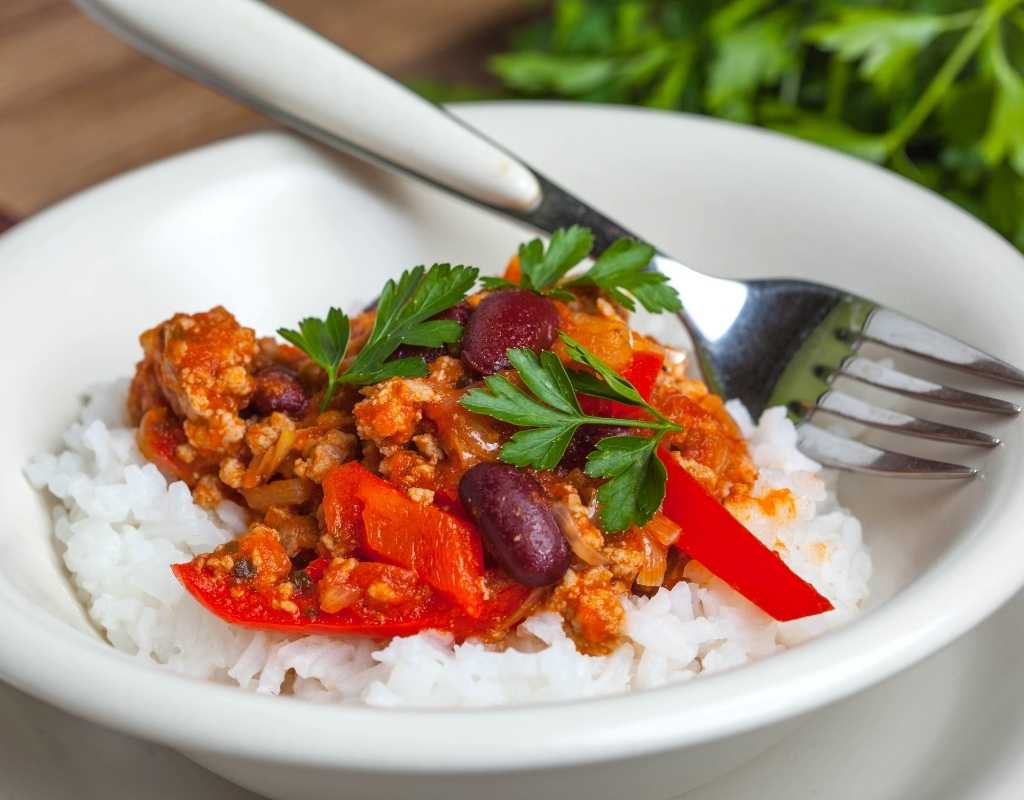
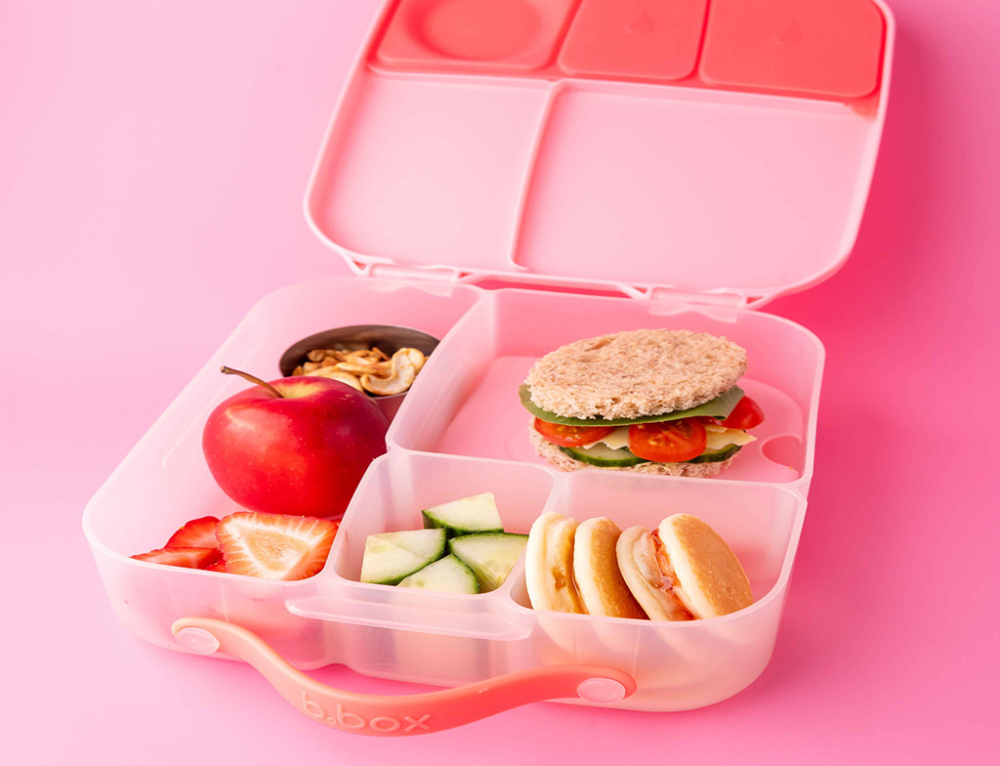
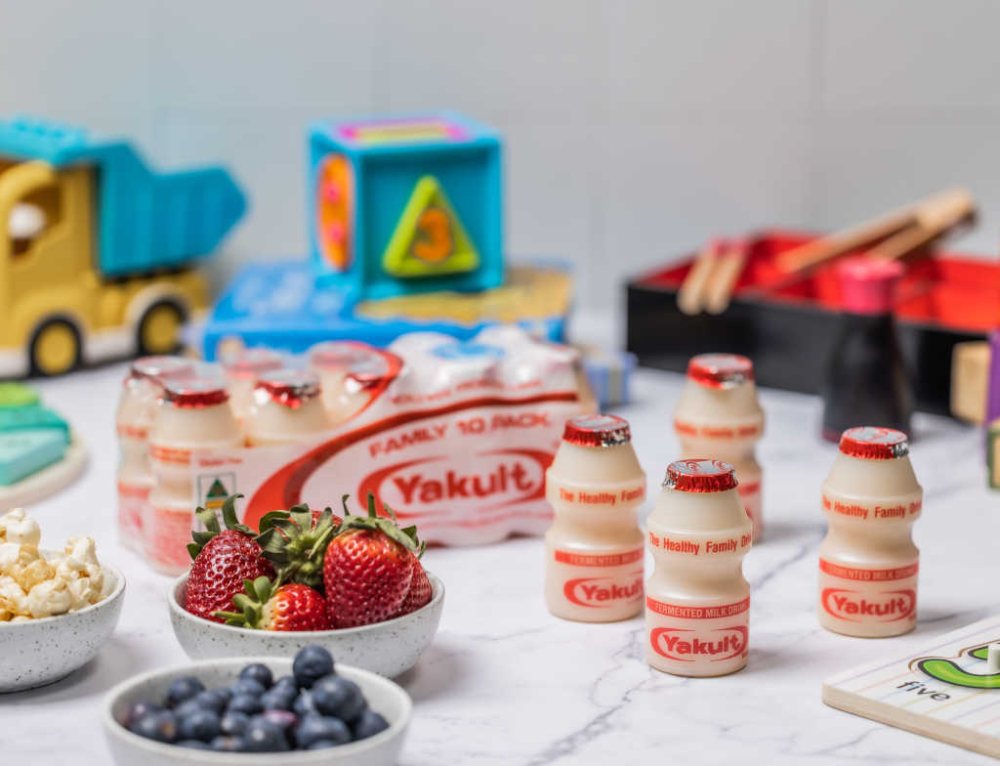
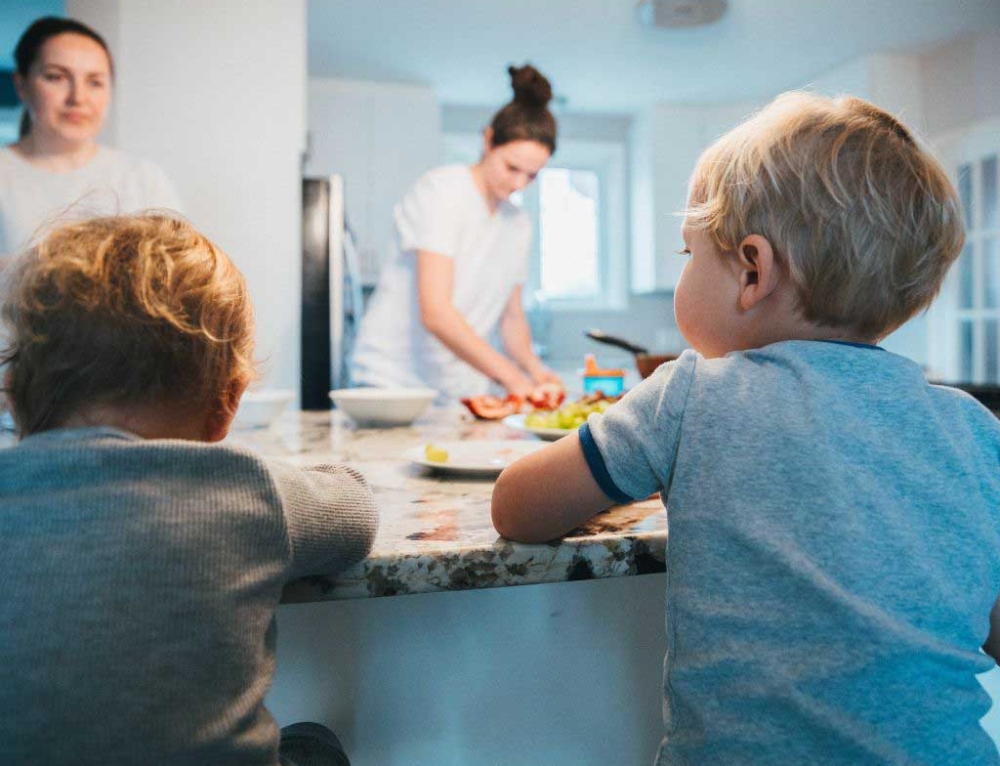

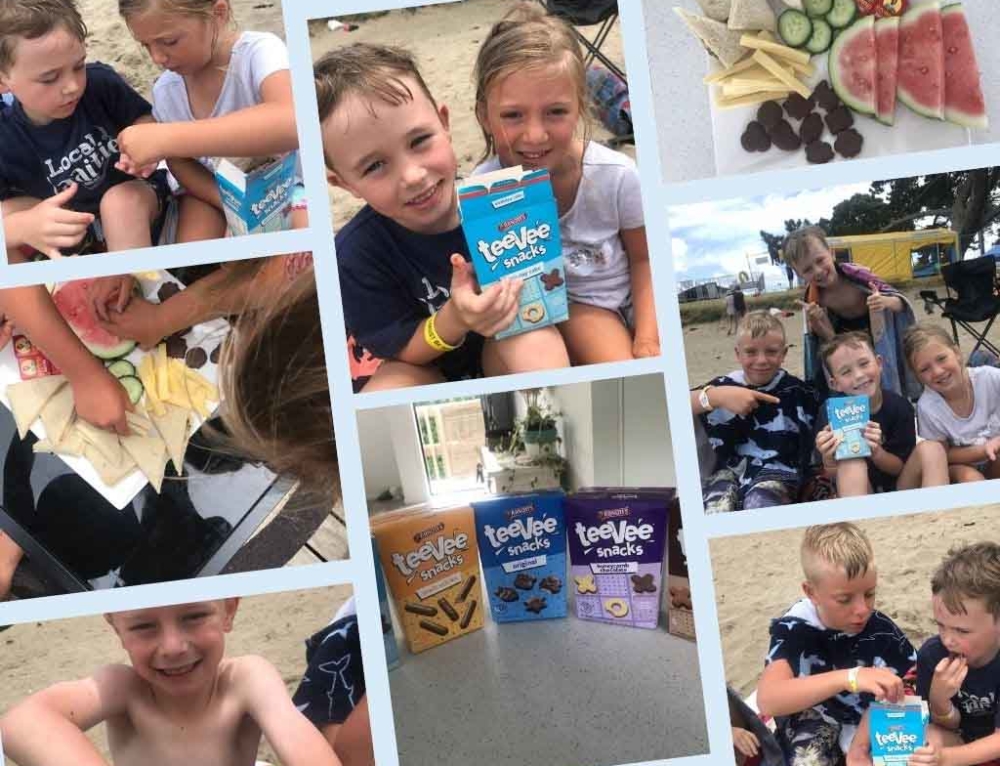
Leave A Comment
You must be logged in to post a comment.